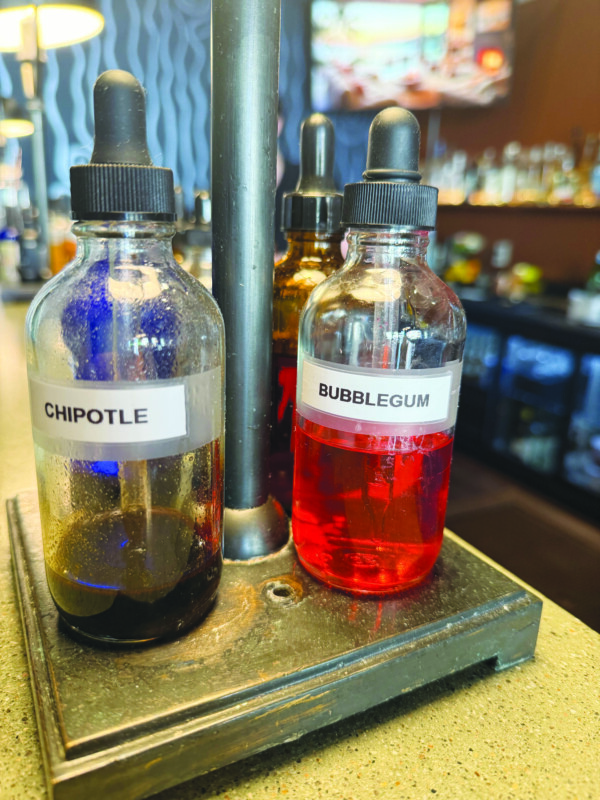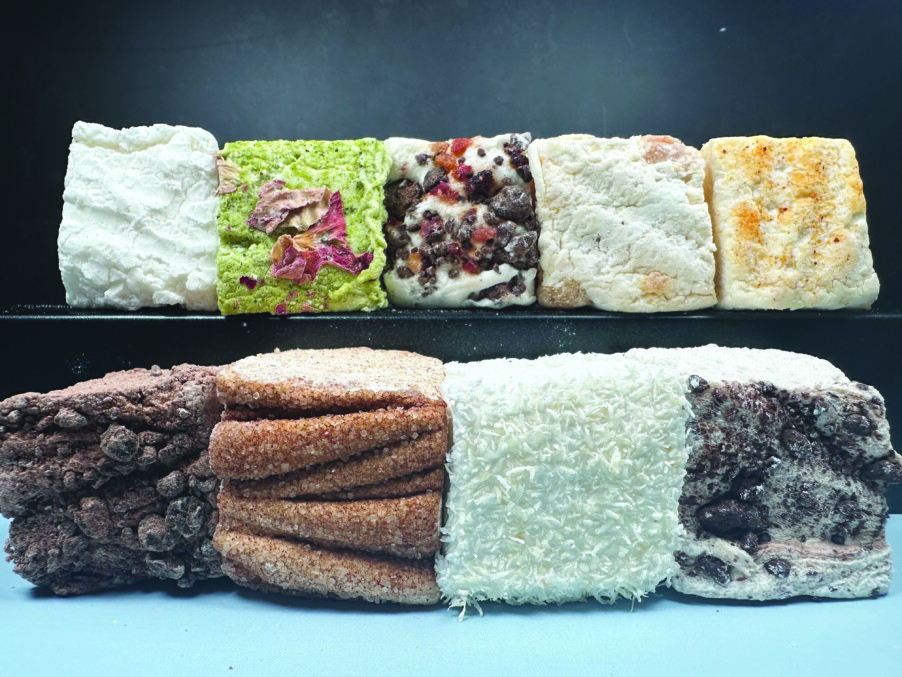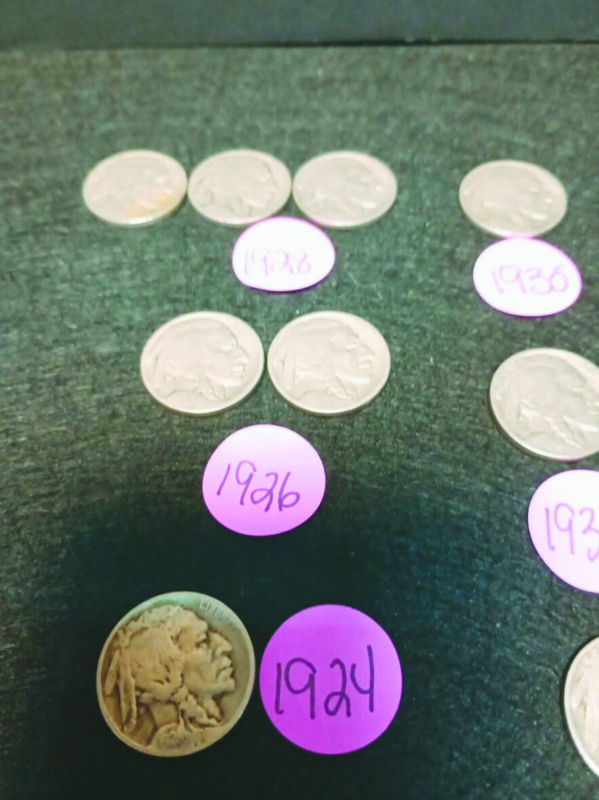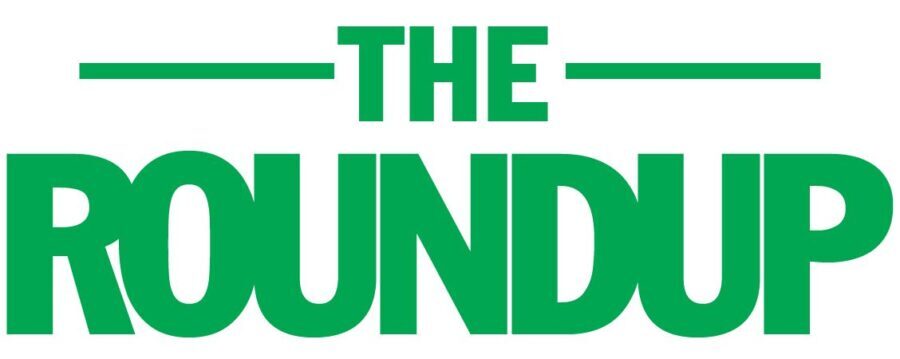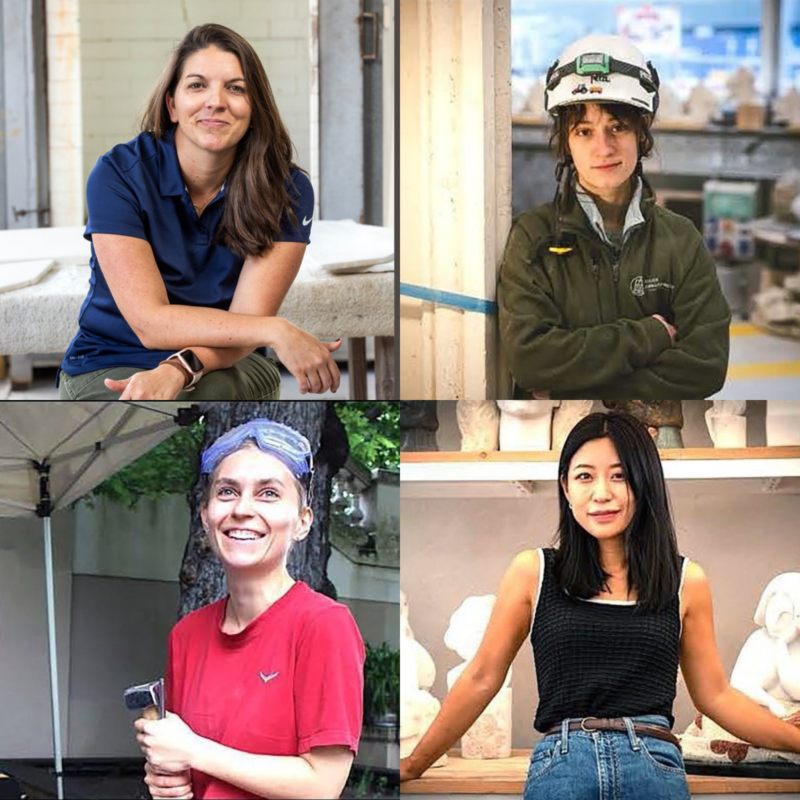A bartender explains how bitters & tinctures add flavor
When a bartender is developing a new cocktail, a constant challenge is being able to add subtle or sophisticated flavors to the drink in a way that doesn’t throw off the ratios of other ingredients. Maybe she’s spent a week calculating the exact balance of alcohol and mixers, for instance, and introducing a new element might throw that off or make the drink cloudy. Maybe the flavor of the new ingredient is inconsistent from week to week, and it’s hard to reliably get the right flavor in the finished product.
One of Marissa Chick’s favorite ways to address these issues is to use highly concentrated flavors in the form of bitters and tinctures in her cocktails.
Chick is the bar manager at The Birch on Elm in Manchester, and she uses commercial bitters but also makes a lot of her own.
“They’re really fun to work with,” she said. “What I end up making at the Birch on Elm is more of like a tincture but essentially it’s a really concentrated burst of flavors. So you can have your simple cocktails — like for example a dirty martini — something that I like to add to that is a black pepper tincture that I make. It adds just a little bit of something and you usually only need a few drops, but it’ll just bring out a burst of flavor that you didn’t already have or you might have been missing.”
Chick uses alcohol to strip flavors from ingredients she wants to incorporate into a new drink recipe.
“The way that I make them, honestly, is usually with a super high-proof alcohol,” she explained. “I usually use Everclear [an extremely potent brand of grain alcohol that can run as high as 95% Alcohol By Volume, or 190 proof] and then I will just add my ingredients to it and let it sit in the dark for anywhere from five days to a few weeks, depending on how strong I want it to be.”
These tinctures often use fresh herbs or whole spices but can also use more unusual flavoring agents. Chick recently won a daiquiri-making competition that used a house-made bubblegum tincture. She said coming up with a recipe she was happy with involved a process of gradually increasing the amount of bubblegum she used.
“I grabbed Dubble Bubble, because that’s the one I like the best,” she said. “I tried a couple different ways, but I ended up needing way more bubble gum than I thought I would. In the end, it was practically an entire jar of bubble gum and just filled to the top with Everclear, but I ended up having to redo it a few times because it turns out that surprisingly it didn’t produce as strong a scent as I thought it would. You learn a lot through experimentation and trying again and having fun with it, which is exactly how that one came about. In the cocktail itself, I used a lot of ingredients that bubblegum is made with, like mint, pineapple, cranberry and cherry. Then I added that tincture to it to add a pure bubblegum flavor on it so that it tasted a lot like bubblegum, without making it too sweet.”
Chick said that as she was working up the bubblegum tincture, she decided not to cut the actual bubblegum into smaller pieces. “I just put them in whole,” she said, “and then I shook it up multiple times a day. I took a lot more care with it than other ones, I suppose.”
One of her favorite concentrates is one she makes from Fresno chilies. “It just tastes like the real pepper,” she said, “and you get such a good heat from it. It takes on the same orange-red color as the pepper. I’ve used other [chilies] like jalapeño, and it’s slightly green. Habañero is a brighter, almost neon-orange color. So that is a fun part of it too. Sometimes tinctures can add color sometimes as well instead of just flavor.”
And it doesn’t take much of a tincture to have an effect.
“It’s a lot of flavor,” Chick said. “Just a couple drops does a lot. If it’s something that you really want a lot of, you could use a whole pipette, but that’s the biggest measurement I would use for that.”
Featured photo: Photo by John Fladd.

